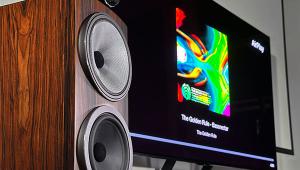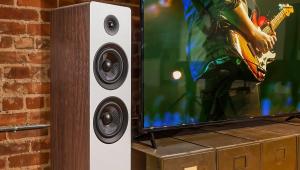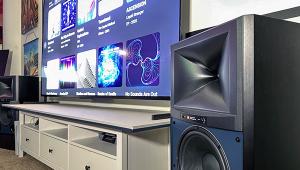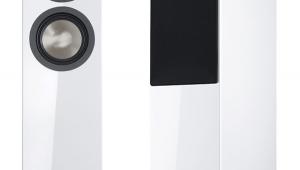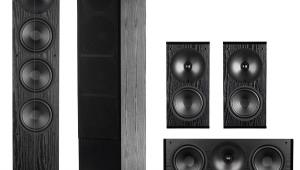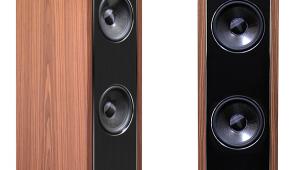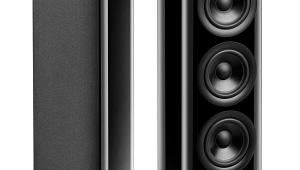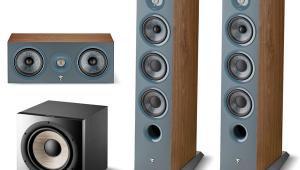Polk Audio Legend L800 Loudspeaker Review
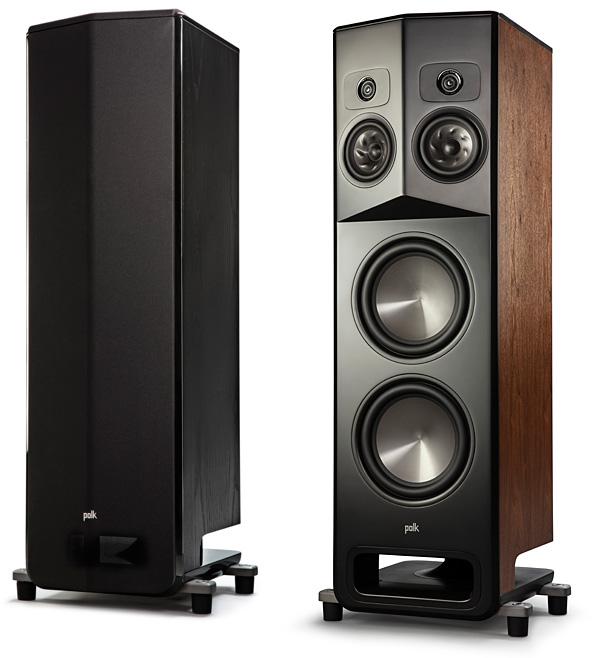
AT A GLANCE
Plus
Enveloping soundstage from SDA-Pro tech
Dynamic, full-range sound
Flush-mounted elevation module option
Minus
Somewhat bulky cabinet design
Requires SDA-Pro interconnect cable
THE VERDICT
SDA-Pro, the latest refinement of Polk Audio's proprietary tech, elevates the performance of its impressive flagship speaker.
Many years ago (the early 1980s, to be precise), Polk Audio produced the first speakers to feature a technology it had developed called SDA (Stereo Dimensional Array). The idea behind SDA was to eliminate a problem called interaural crosstalk that's a necessary artifact of typical two-channel speaker configurations. Basically put, when listening in stereo, your left/ right ears hear not just sound emanating from the respective left/right speakers, but sound coming from the other speaker as well. According to Polk Audio, this has a constricting effect on the presentation, with the width, height, and depth of the stereo image coming across as a pale representation of what's actually contained on the recording.
The original SDA models, a number of which were reviewed by Sound & Vision magazine's predecessor, Stereo Review, dealt with the issue of interaural crosstalk in a purely acoustic way by using a second set of drivers (the Dimension Array) on each speaker. These directed a "cancellation" signal—essentially, an out-of-phase version of the sound being emitted by the opposite speaker. The effect of this was to maintain the stereo separation that exists in the recorded program through the full audio component chain direct to your ears, roughly similar to the way that headphones function.
For its newest line of speakers, the Legend series, Polk Audio decided to revive SDA and incorporate it in the top-end L800 floorstanding model ($2,999/each). The other speakers in the Legend series, which consists of a smaller floorstander, two bookshelf models, a center speaker, and Atmos Elevation modules, do not feature the technology. Not only did Polk Audio bring SDA back for its Legend series flagship, but they made numerous refinements, re-badging it as SDA-Pro.
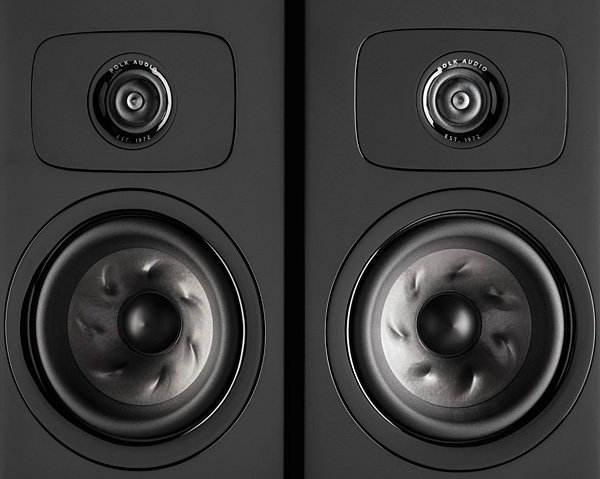
The specific tweaks made for SDA-Pro include a 15-degree angle to the speaker baffles for both the regular and Dimension driver arrays. This eliminates any need for speaker toe-in since it's already built into the design. It also reduces cabinet width in comparison with earlier SDA models. Unlike earlier designs, the L800's Dimension Array uses a tweeter to cover the extended bandwidth of the cancellation signal, though that signal is rolled off above 10kHz. Finally, SDA-Pro incorporates a Head Shadow Filter to account for the physical effects of
the listener's head and face. While Polk Audio still uses a purely acoustic approach for SDA-Pro with no digital signal processing, the Dimension Array's crossover is EQ'd to optimize the cancellation signal, with filtering normalized for the head shadow created by an average listener.
SDA-Pro isn't the only thing that the L800 brings to the party. The tower's substantial 17.9 x 48.6 x 17.4-inch (WxHxD) cabinet boasts exceptional build quality and uses real wood veneer finishes. My review sample was clad in a Brown Walnut that nicely matched my living room's interior; the other available option is Black Oak. Magnetically attached black cloth speaker grilles are provided, though Polk Audio suggested that I leave them off for my review.
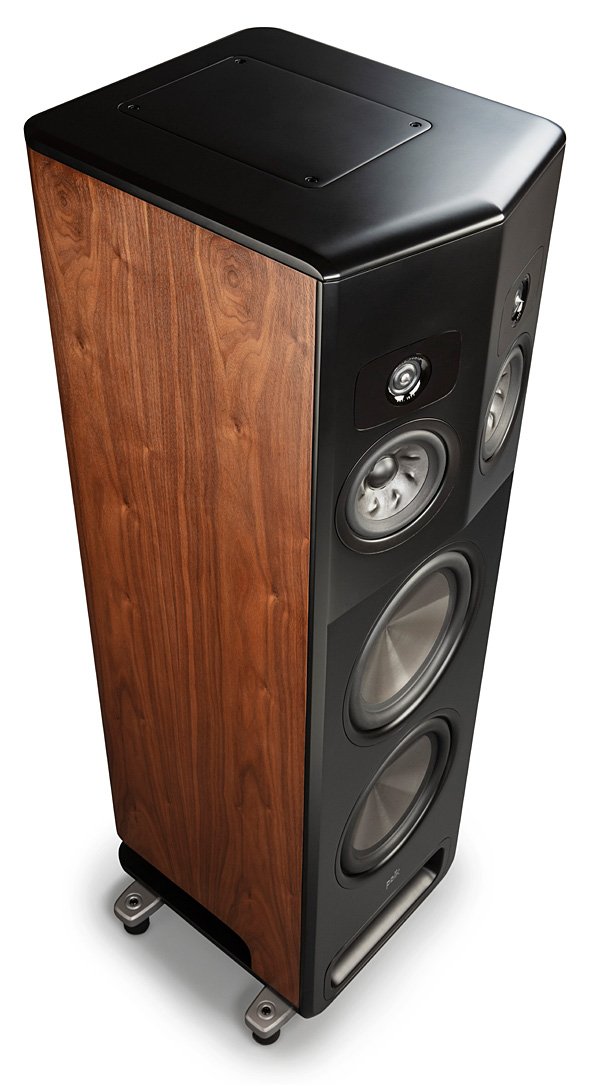
The L800's dual driver array features the company's new high-definition Pinnacle ring radiator tweeter. An evolution of the tweeter found in the company's previous LSiM Series, it pairs a 1-inch ring with waveguides located at the center and outer edges. According to Polk Audio, the waveguides maximize dispersion and also smooth response by eliminating break-up modes typically generated by a central dome. A damped cavity behind the tweeter also helps to reduce resonances and "ringing" at 2.5kHz.
A 6.5-inch Turbine midrange driver developed for the Legend Series features a foam-core polymer-injected cone and an asymmetric geometry, both of which work to smooth out vibra- tional modes and resonances. This is located on the angled upper section of the L800's baffle alongside the tweeter, while the tower's lower section features a pair of 10-inch woofers.
The L800 features a bottom- mounted "Power Port" that maximizes cabinet space for increased air flow and reduced turbulence compared with conventional front or rear- mounted ports. Power Port, too, gets a refresh in the Legend Series, with redesigned port flare geometry meant to further increase bass output and reduce distortion.
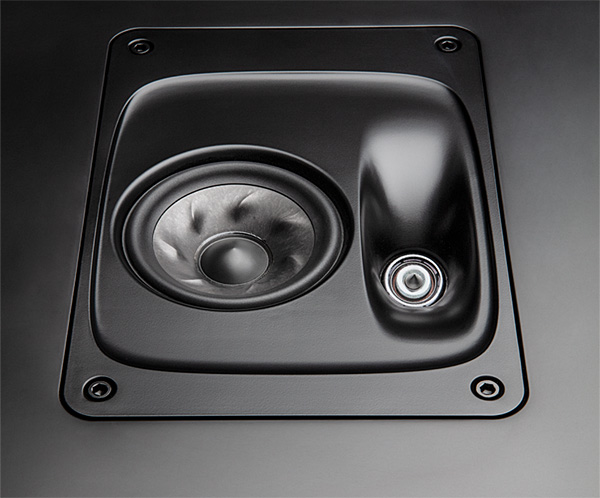
Both the L800 and L600 Legend towers feature a top- mounted panel that can be removed to install the company's optional L900 height module speaker ($599/pair) for playback of Atmos/DTS:X and virtualized soundtracks. The module features a 0.75-inch version of the Pinnacle ring radiator tweeter and 4-inch Turbine Cone midrange/bass driver in a horizontal alignment that's said to deliver a large sweet spot with immersive audio. Unlike some other elevation speakers that I've seen, Polk Audio's option for the Legend towers offers an "invisible" solution, with the flush-mounted modules literally disappearing into the speaker's top surface.
The L800's rear panel input connections include dual gold-plated five-way binding posts with jumpers that can be removed for bi-amping. Another set of binding posts is provided for a height speaker input, and there's a socket for the SDA-Pro cable that runs between the speakers and delivers the crosstalk-canceling signal to the left and right Dimension arrays, respectively. Each L800 tower comes with a 15-foot SDA-Pro cable, and while a single length should suffice for most setups, the two can be daisy chained for installations where the cable gets snaked through a wall or cabinet.
Setup
Setup of the L800 towers didn't follow nearly the same template I'm used to when positioning speakers for best sound in my listening room. Not only is no toe-in required, but Polk Audio recommends that you place the towers 6-8-foot from one another—an unusually close distance. Such tight positioning ensures you are getting maximum effect from SDA-Pro, and it also reduces the impact of side walls and other reflective surfaces on the sound.
To confirm that the speakers were correctly aligned for my review, Polk Audio sent Scott Orth, the company's Head of Audio and Acoustics, to assist with setup. Using various SDA-Pro-friendly music tracks Polk Audio engineers have culled from years of experience working with the technology, Scott painstakingly tweaked positioning, with the final result finding the towers approximately 6 feet from each other, five feet in from either side wall, and about 1 foot out from the back wall. The listening seat on my sofa, meanwhile, was located about 8 feet away from the speakers.


